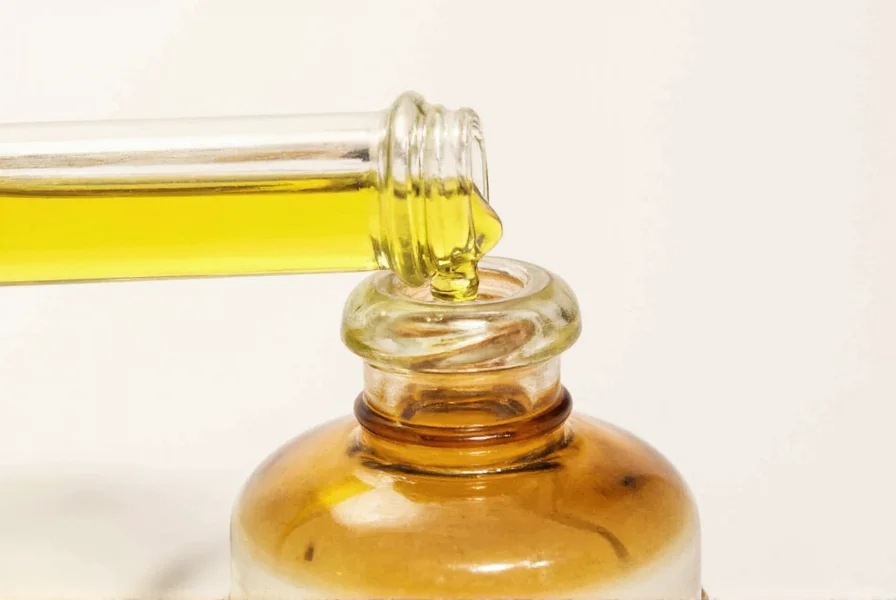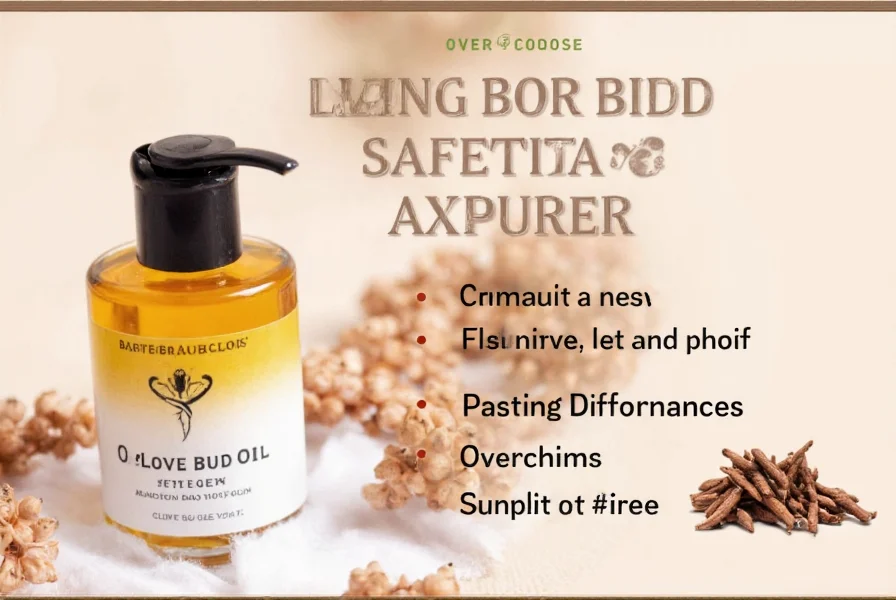Clove bud oil represents one of nature's most potent botanical extracts, distinguished by its unique chemical profile and versatile applications. Sourced specifically from the unopened flower buds of Syzygium aromaticum, this essential oil contains significantly higher concentrations of eugenol compared to clove leaf oil—making it particularly valuable for specific therapeutic uses while demanding careful handling.
Chemical Composition and Distinction from Clove Leaf Oil
The primary difference between clove bud oil and clove leaf oil lies in their chemical composition. Clove bud oil typically contains 70-90% eugenol, while clove leaf oil ranges from 50-75%. This higher concentration makes bud oil more potent for certain applications but also increases potential for irritation if not properly diluted. Additional compounds include eugenyl acetate (5-15%) and beta-caryophyllene (5-12%), which contribute to its distinctive aroma and therapeutic properties.
| Property | Clove Bud Oil | Clove Leaf Oil |
|---|---|---|
| Eugenol Content | 70-90% | 50-75% |
| Eugenyl Acetate | 5-15% | 8-15% |
| Beta-Caryophyllene | 5-12% | 5-12% |
| Recommended Dilution | 1-2% | 2-3% |
Scientifically Supported Benefits of Clove Bud Oil
Research published in the Journal of Contemporary Dental Practice confirms clove bud oil's effectiveness as a temporary dental analgesic, with results comparable to benzocaine in managing tooth pain. Its antimicrobial properties against Streptococcus mutans and other oral pathogens are well-documented in multiple peer-reviewed studies. Unlike many home remedies for toothache, clove bud oil has substantial scientific backing for its traditional use in dental care.
Additional research in Phytotherapy Research demonstrates its antifungal properties against Candida albicans, suggesting potential applications for oral thrush management. The oil's antioxidant capacity, measured by ORAC (Oxygen Radical Absorbance Capacity) values, exceeds many common essential oils, contributing to its preservation properties in natural formulations.
Safe Application Methods and Dilution Guidelines
Proper dilution remains critical when using clove bud oil. For topical applications, a 1-2% dilution (5-10 drops per ounce of carrier oil) represents the safety threshold established by aromatherapy safety guidelines. Higher concentrations risk chemical burns, particularly on mucous membranes. When addressing dental pain, dentists recommend applying a single drop of properly diluted oil to a cotton swab and placing it directly on the affected area for no more than 20 minutes.
For oral use, never apply undiluted clove bud oil directly to gums or teeth. The Journal of the American Dental Association warns against prolonged direct contact, which can cause tissue damage. Instead, consider a diluted mouth rinse: one drop of oil mixed with one tablespoon of carrier oil (like coconut oil), swished for 30 seconds before spitting out.

Safety Considerations and Contraindications
Clove bud oil's high eugenol content necessitates caution. The European Medicines Agency identifies potential risks including contact dermatitis, mucosal irritation, and in rare cases, liver toxicity with excessive internal use. Children under 2 years should never use clove bud oil, and pregnant women should consult healthcare providers before use due to limited safety data.
Particular concern exists for individuals with bleeding disorders, as eugenol may inhibit platelet aggregation. Those scheduled for surgery should discontinue use at least two weeks beforehand. Always perform a patch test before broader application—diluted oil on inner forearm for 24 hours checks for adverse reactions.
Selecting Quality Clove Bud Oil Products
When evaluating clove bud oil for home remedies, verify these critical factors:
- Botanical name: Must specify Syzygium aromaticum (formerly Eugenia caryophyllata)
- Extraction method: Steam distillation preferred over solvent extraction
- Chemotype: Should indicate eugenol percentage (70%+ for therapeutic use)
- Storage: Dark glass bottle with dropper, stored in cool, dark place
- Shelf life: Maximum 18 months from distillation date
Avoid products labeled simply as “clove oil” without specifying bud or leaf origin. Reputable suppliers provide GC/MS (gas chromatography/mass spectrometry) reports verifying composition. The absence of these reports often indicates lower quality or adulterated products.

Practical Applications for Common Concerns
For temporary dental pain relief, the most evidence-supported use, apply diluted oil (1% concentration) directly to the affected area using a cotton swab. Research shows significant pain reduction within 5-10 minutes, lasting up to 2 hours. For nail fungus treatment, combine with tea tree oil in a 1:3 ratio applied twice daily—studies in Mycopathologia demonstrate enhanced antifungal effects through this combination.
As a natural household disinfectant, clove bud oil's antimicrobial properties make it valuable when combined with other essential oils. A 2% dilution in water creates an effective surface cleaner against common pathogens, though it shouldn't replace medical-grade disinfectants in clinical settings.
Storage and Shelf Life Considerations
Proper storage significantly impacts clove bud oil's effectiveness. Exposure to light and air accelerates eugenol oxidation, reducing potency. Store in amber or cobalt glass bottles with tight-sealing caps at temperatures below 77°F (25°C). Under optimal conditions, quality clove bud oil maintains therapeutic properties for 12-18 months. Discard if the oil develops a rancid odor or changes from its characteristic pale yellow to dark amber color.











 浙公网安备
33010002000092号
浙公网安备
33010002000092号 浙B2-20120091-4
浙B2-20120091-4